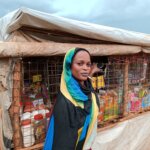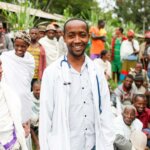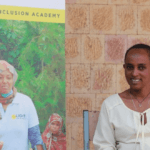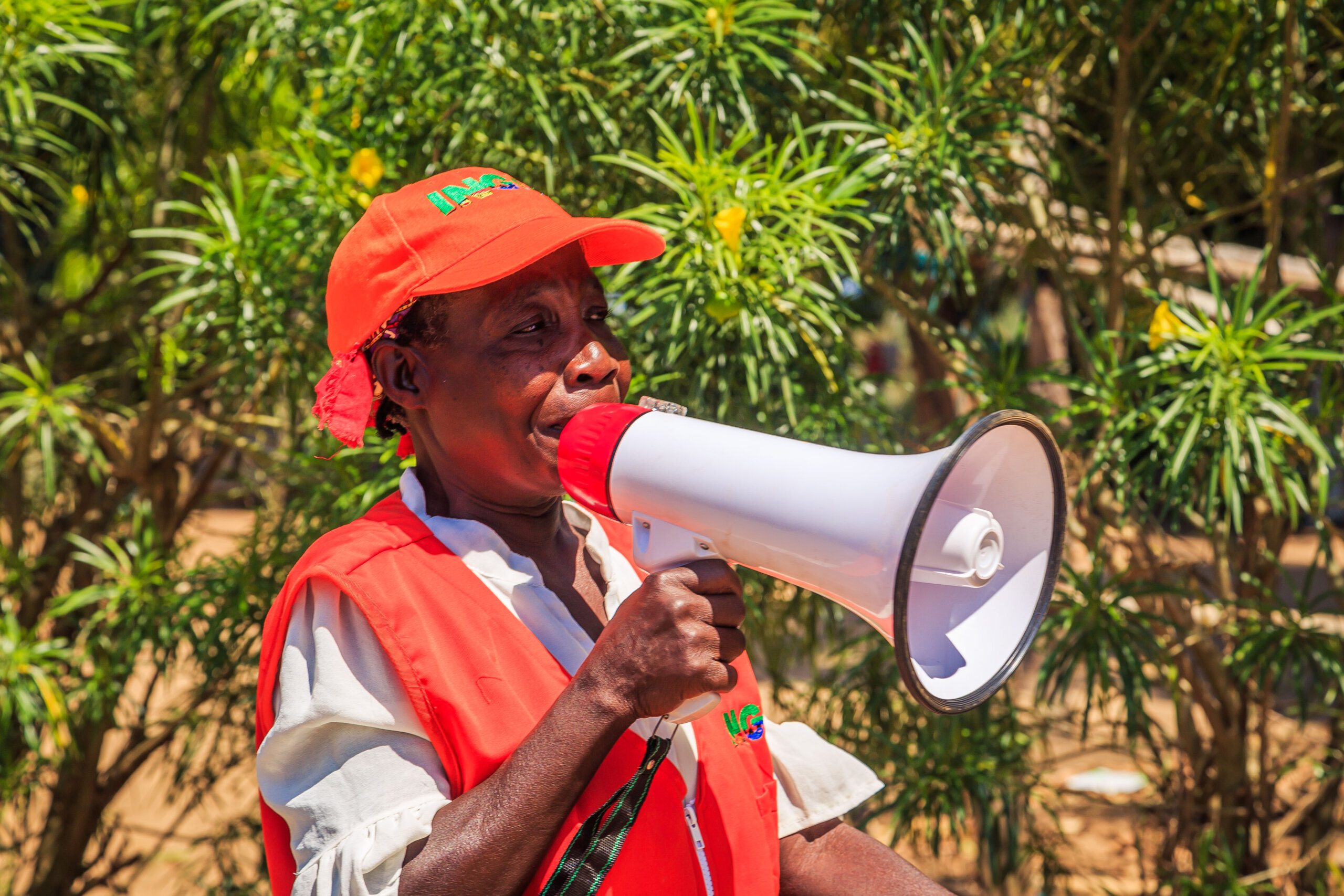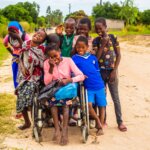- Humanitarian Action
- Latest
Get the facts about disability inclusion in crisis conditions.
People with disabilities are usually among the most excluded and forgotten in humanitarian responses to disasters and emergencies. As a result, they’re more likely to die in these crises than people without disabilities. It’s a harrowing reality, but one that can be changed with the right approach. Step one in this process is knowing what you’re up against. So here are eight facts to help you on your way.
1. About 16% of the world’s population have a disability. In some humanitarian contexts, the proportion is as high as 27%. These figures are set to rise, with the climate crisis and conflict increasing the numbers of people with disabilities worldwide.
2. A UN report found that in 2021, approximately 13 million people who had been forced from their homes by disasters or conflict had a disability.
3. When they are uprooted from their home or caught in the midst of a humanitarian crisis, people with disabilities often lose crucial support networks. This can prevent them from meeting their most basic needs: eating, bathing, learning, earning. Loss of autonomy goes hand in hand with a loss of dignity – something Light for the World makes every effort to prevent. In Tuna Marcello Dafaallah’s case (main image above), we were able to support with training that allowed her to start her own business.
Before, I used to do basic things to survive but the training changed my life. We were helped to set up businesses. Even people who had a disability were given the chance to start their activity. They taught us accounting, and how to make profit. I followed a training [programme] for three months. I learned how to do simple business and I opened my small shop afterwards.
I have two kids. Both go to school. We have things to eat and a roof above our heads. It’s important for me to provide for them because their dad died. I am very grateful for this business.
Tuna Marcello Dafaallah, 29, entrepreneur (main image) © Marlies Madzar. Tuna has cerebral palsy and lives in a camp for displaced people in South Sudan.
4. Article 11 of the UN Convention on the Rights of Persons with Disabilities (CRPD) requires governments to take “measures to ensure the protection and safety of persons with disabilities in situations of risk, including situations of armed conflict, humanitarian emergencies and the occurrence of natural disasters”. In practice, however, many governments still have a long way to go.
5. People with disabilities can face multiple barriers when trying to meet their basic needs such as getting food and water, seeing a doctor, or going to school. This situation is made even worse in times of crisis. In a 2019 study carried out in a camp for displaced people in Wau, South Sudan, people with disabilities reported that their main barriers to accessing services were: “distance to the service points (45.3%), lack of information (42.3%), lack of physical access (19.7%) and discrimination/harassment (16.8%)”.
6. Women with disabilities experience greater barriers to programmes and services in emergency settings, as well as barriers to sexual and reproductive health services.
7. A global study from 2015 found that 54% of people with disabilities affected by a humanitarian crisis experienced a direct physical impact, sometimes causing new impairments.
8. People who are culturally, economically, institutionally, politically, socially or otherwise sidelined, such as people with disabilities, are also particularly at risk of harm from the negative effects of climate change. In the case of 10-year-old Abel (pictured), the climate crisis played a decisive role in his vision loss.
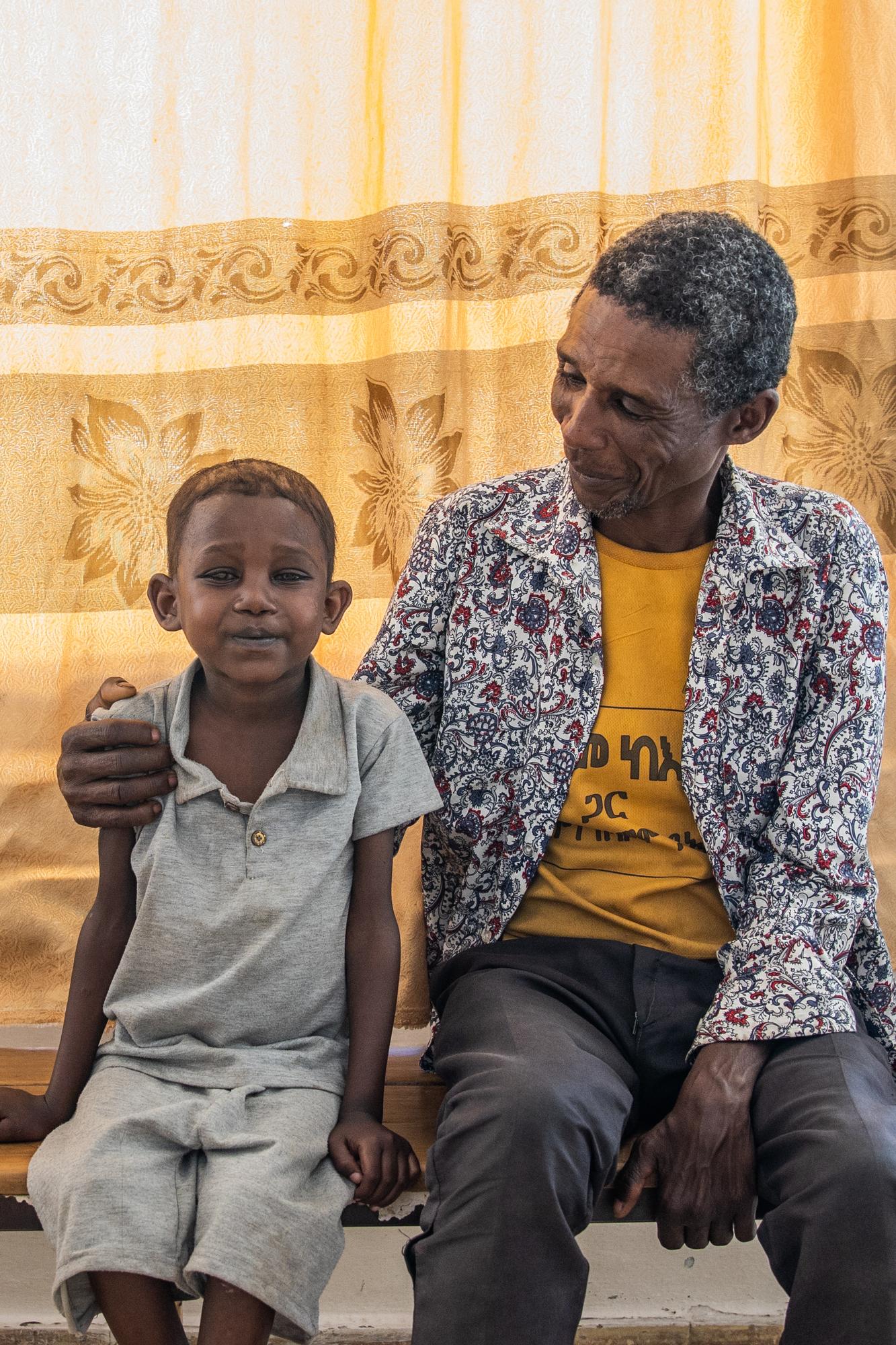
As you can see, people with disabilities are cut a raw deal in times of crisis. That’s why Light for the World makes sure that their rights are respected and that people with disabilities have an active say in how disaster response can meet their needs.
Find out more about our humanitarian action work here.
